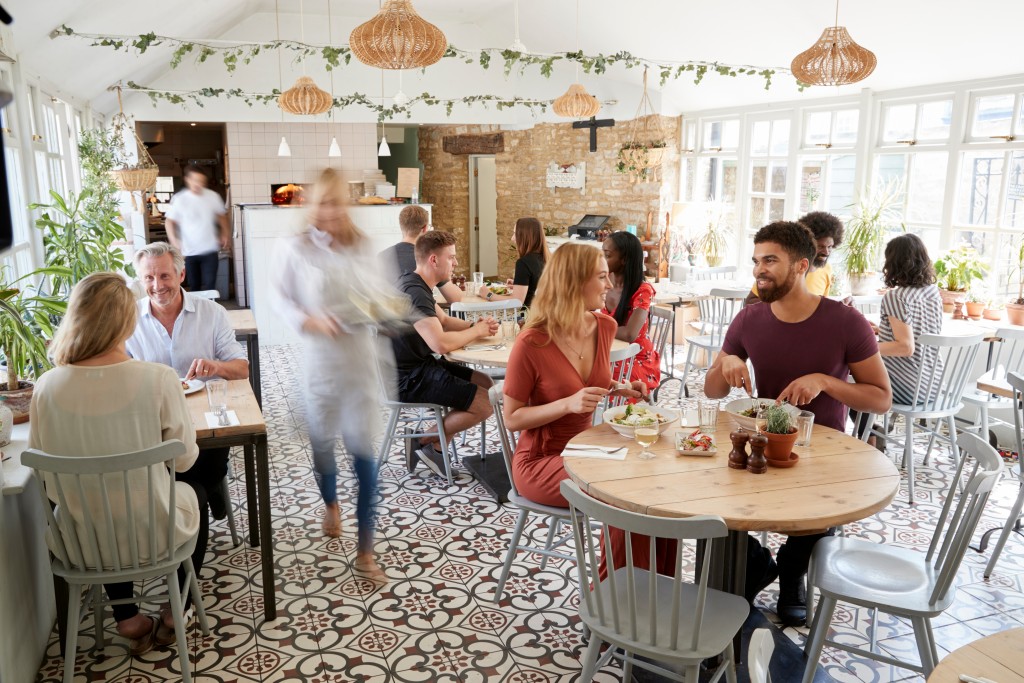The COVID-19 pandemic has affected thousands of business establishments not just in the U.S. but across the world. One of the hardest hits sectors is the restaurant and foodservice industry. During the height of the lockdown, the dine-in customers went down to zero, and people started to spend less due to the uncertainties of the public health emergency. Those outlets that did not have a strong food delivery system had to close down to reduce losses. In one report, it said that at least 3 percent of restaurants had already close permanently as of March 2020.
For the local and national economy to rebound after massive job cuts and business bankruptcies, restrictions are now being gradually lifted. The less restrictive public health protocols have allowed people to return to work, many businesses are reopening, and new opportunities are being explored. Newer companies that are still in the middle of recovering their restaurant franchise cost are talking with their franchisers about trying out new business models. There are other aspects of the restaurant business that needs to be rebooted. To return to a state of profitability and comply with public health requirements, these are some things that food establishments may consider trying out or implement fully:
New Normal Seating Arrangements
Under the “new normal” for restaurants, modified seat and table arrangements may be necessary. The primary consideration in the new layout of tables and chairs is the proximity of customers. The most common recommendations are to maintain a meter or two apart for dine-in customers. Some places implement this by reducing table occupancy. For example, a four-seater table will only be occupied by two diners. That, of course, will have an impact on sales since limiting the table occupancy will somehow affect the dine-in numbers. Still, given that the public health crisis is not yet entirely over, distancing will remain a key strategy to prevent the transmission of the novel coronavirus in public.
Acrylic Table Dividers
Now, once the tables and seats have been strategically positioned, another intervention is to install acrylic table dividers. These are transparent rectangular or square barriers that allow diners to face each other as they eat without the need to wear a face mask. The barrier itself serves to block accidental transmission of the virus during dinnertime conversation. As reported by medical authorities, the virus can be passed on to other people by asymptomatic persons. It can be done through their saliva or speech droplets.
New Sanitation Procedures and Equipment for Staff and Dine-In Customers

Restaurants also need to start using disinfectants that are approved and registered with the Environmental Protection Agency (EPA). Aside from soap and water, restaurants need to use disinfectants, including diluted bleach solutions that are proven to eliminate certain bacteria and viruses.
In the past, the restaurant staff sanitizes their workstations only before opening and after closing the outlet. However, more effort is now required. In the kitchen, sanitation of all utensils, equipment, and floors need to be done more than usual. The cleaning staff needs to pay more attention to restrooms, dining tables and chairs, doors or gates, ordering counters, and other areas where customers converge.
Some of the bigger companies have also invested in automated hand sanitizer dispensers. These dispensers are usually placed at the restaurant door near the reception to allow dine-in customers to sanitize first before taking a seat. Aside from these dispensers and handwashing stations, some establishments have even installed digital temperature checkers. While these restaurants have experienced unprecedented losses in the previous months, they have invested a little more on sanitation supplies and equipment to make sure that they protect their customers and the staff as operations slowly go back to full speed.
Delivery Service is the Key
One thing that restaurants have learned during the extended lockdown in some major cities is that, as the cliche goes, there is an opportunity in every crisis. Some restaurants that were quick to shift operations to delivery experienced brisk sales during the quarantine. Their customer base grew beyond the usual diners. Since many people were locked up inside their houses and few dared to go to supermarkets to buy food, deliveries became in-demand.
Other food outlets that were used to the large dine-in crowds did not pay much attention to the food delivery market and were left out. Post-pandemic, many restaurants will have already reconfigured their marketing and sales strategies by increasing online presence and improving their food delivery systems. In short, even restaurants have to take a bigger pie of the food segment in the ever-growing e-commerce industry.
These four interventions are all necessary to help restaurants revive the business. While the pandemic will surely end one day, hopefully soon, restaurants and other businesses need to be more creative and solution-oriented to meet new demand and new markets in a post-COVID-19 business world.

